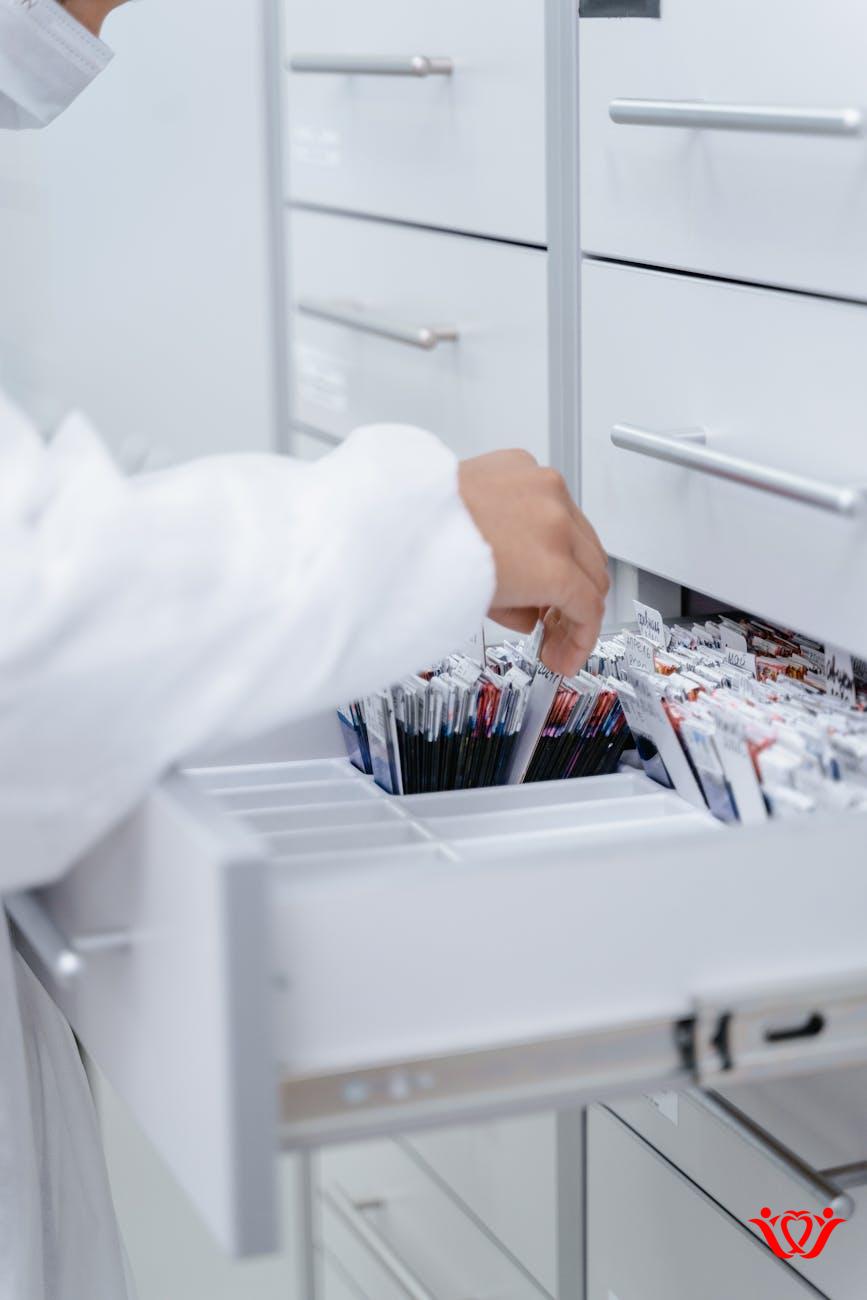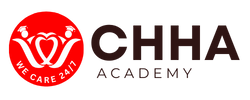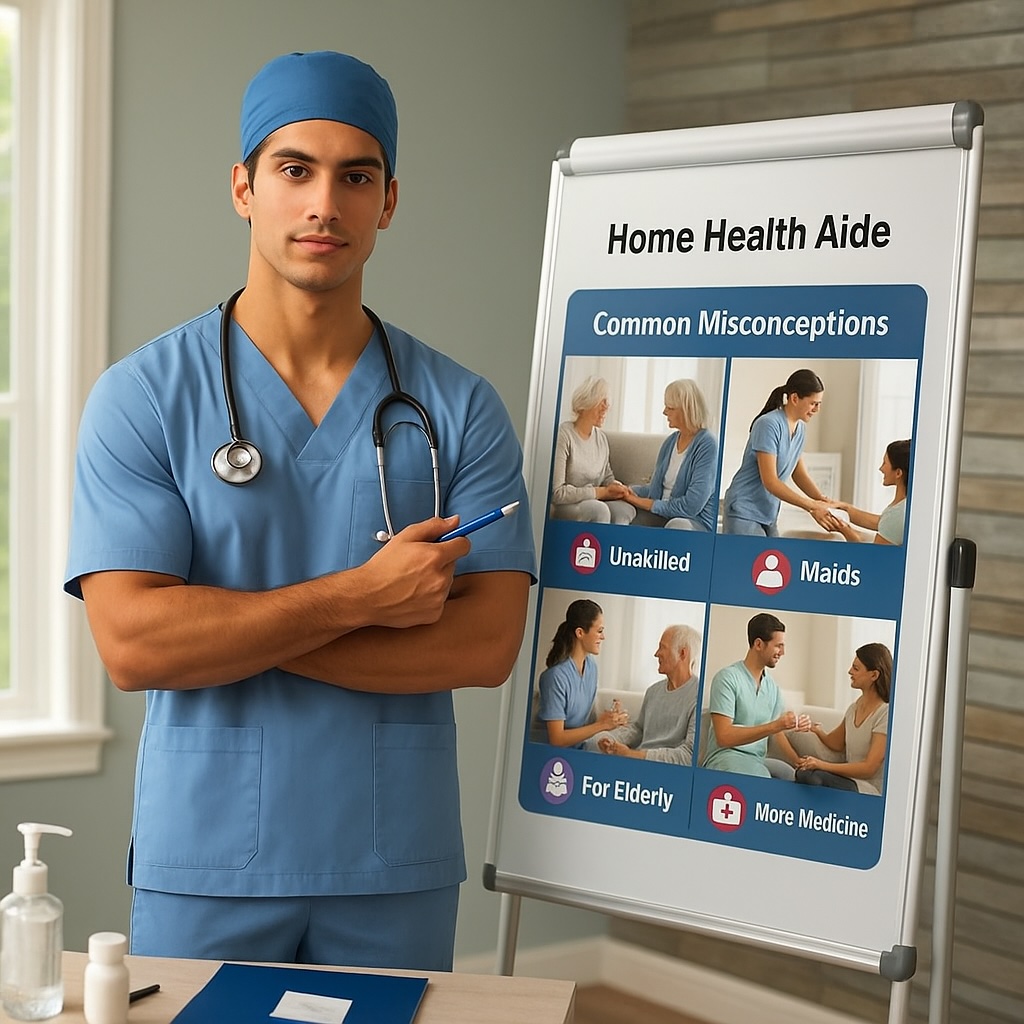
In the realm of home health care, efficient documentation is much more than a task—it’s an essential process that ensures the well-being of patients and the smooth operation of services. For home health aides, maintaining accurate and thorough records saves time and enhances patient care.
Why Documentation Matters in Home Health
Documentation serves as the foundation of effective home health care. It ensures that all health professionals involved in a patient’s care are aligned and provides evidence of services delivered.
Key Benefits of Accurate Documentation
- Improved Communication: Facilitates better coordination among caregivers and health professionals.
- Legal Protection: Maintains a legal record of care provided, which can be crucial in case of disputes.
- Quality Assurance: Helps in monitoring the quality of care and identifying areas for improvement.
Steps to Streamline Documentation
By leveraging the right strategies, home health aides can ensure documentation is efficient and less time-consuming.
1. Utilize Digital Tools
Transitioning from paper-based systems to digital tools can significantly reduce the time spent on documentation while enhancing accuracy.
- Electronic Health Records (EHRs): Use EHRs to maintain up-to-date patient data that is accessible to all health professionals.
- Mobile Apps: Implement apps designed for home health aides to record data directly during patient visits.
2. Develop a Consistent Routine
Consistency breeds efficiency. Establish a routine to manage documentation tasks effectively.
- Set specific times during the day dedicated solely to documentation.
- Utilize checklists to ensure no details are overlooked.
3. Prioritize Training and Support
Continuous education on best documentation practices is imperative for home health aides.
- Provide regular training sessions and workshops.
- Offer support systems for troubleshooting and addressing documentation challenges.
Common Challenges and How to Overcome Them
While documentation is indispensable, certain challenges can arise. Recognizing and addressing these challenges can streamline the process further.
Time Constraints
Balancing comprehensive documentation with patient care can be demanding. Allocating time specifically for documentation or using voice-to-text software can mitigate this.
Technological Barriers
Lack of familiarity with digital tools can impede efficiency. Regular training can help aides adapt to technology swiftly and efficiently.
Conclusion
Effective documentation is a cornerstone of quality home health care. By integrating digital tools, establishing routines, and investing in training, home health aides can streamline their documentation processes, ultimately enhancing patient outcomes and operational efficiency.
For more information, visit our resources page and check out external resources like the Health IT’s guide to EHRs.









0 Comments